Even among bispecific antibody drugs, the pharmacological behavior in the body can vary significantly depending on the structural modality. This article explains in simple terms how differences in modalities—such as IgG-based, non-IgG, and fusion protein formats—affect the drug’s stability, distribution, and mechanisms of action.
1. What is a Modality?
“Modality” refers to the structural format of an antibody drug, including the overall shape, the design of antigen-binding sites, and whether it incorporates additional protein domains. In bispecific antibodies, the layout and format of the two different binding arms influence the drug’s pharmacological properties.
2. Pharmacological Properties of IgG-based Modalities
- Stability: Long half-life due to Fc region
- Distribution: High circulation retention, relatively slow tissue penetration
- Function: Can mediate immune functions such as ADCC and CDC
Examples: Glofitamab (Genentech), Faricimab (Roche)
3. Pharmacological Properties of Non-IgG (e.g., Fragment, Dimer-based) Modalities
- Stability: Small size leads to rapid clearance and short half-life
- Distribution: Excellent tissue penetration; advantageous for solid tumors
- Function: Lacks Fc region, typically no immune effector activity
Example: Blinatumomab (Amgen, BiTE platform)
4. Fusion Protein-based Modalities (e.g., IgG + Engineered Fusion Domains)
- Stability: Larger structures may reduce stability in some cases
- Distribution: Can be engineered for enhanced tissue specificity
- Function: Fc-based standard activity + novel functional domains
Examples: Teclistamab (Janssen), ZW49 (Zymeworks)
5. Summary Comparison of Pharmacological Traits by Modality
| Modality | Stability | Tissue Penetration | Immune Activity | Example |
|---|---|---|---|---|
| IgG-based | Excellent | Moderate | Present | Glofitamab, Faricimab |
| Non-IgG | Low | High | Absent | Blinatumomab |
| Fusion Protein | Good | Moderate–High | Present (+ extra) | Teclistamab, ZW49 |
6. How Modality Choice Affects Drug Development Strategy
The optimal modality depends on the disease target (e.g., hematologic vs. solid tumors), administration route (e.g., IV vs. subcutaneous), and treatment setting (inpatient vs. outpatient). For example, short-acting BiTEs may require continuous infusion and complex formulation strategies.
7. Emerging Modalities and Their Future Applications
Next-generation formats such as tri-specifics and tandem structures are attracting attention. In addition, non-antibody conjugates—such as antibody-peptide or antibody-RNA hybrids—are expanding the definition of modalities, becoming key tools in future drug development.
Conclusion
Modality differences affect not only pharmacology but also administration routes, formulation needs, and development costs. Selecting the optimal modality tailored to each disease will be essential for future success in bispecific drug development.
🔗 Related Articles / Series Links
- Therapeutic Trends 2025: What to Watch
- Introductory Series Index
- #1: What Are Slimming Drugs? A Gentle Introduction to Anti-Obesity Medications
- #1: What Are Antibodies? The Origin Story of ADCs – A Precision Cancer Weapon
- In vivo CART Series
- #1: What Is CAR-T? The Story of Emily Whitehead
- #2: The Technologies Behind In Vivo CAR-T
- #3: Key to Precision and Safety: Designing Smart CAR Expression
- #4: Deep Dive into CAR Structure: The Latest in Co-stimulation and Signal Engineering
- #5: Clinical Trial Frontlines and Emerging Biotechs
- #6: Emerging Technologies Addressing In vivo CAR-T Challenges
- #7: Key Figures Shaping the Future of in vivo CAR-T
- #8: Global Strategies Shaping the Future of in vivo CAR-T Development
- Bispecific Antibody Drug Series
- What Are Bispecific Antibody Drugs? A Thorough Introduction (Part 1)
- Comparing Structural Designs and Their Impact on Therapeutic Efficacy (Part 2)
- Strategic Considerations in Selecting Targets for Bispecific Antibody Drugs (Part 3)
This article was produced by the Morningglorysciences Editorial Team.
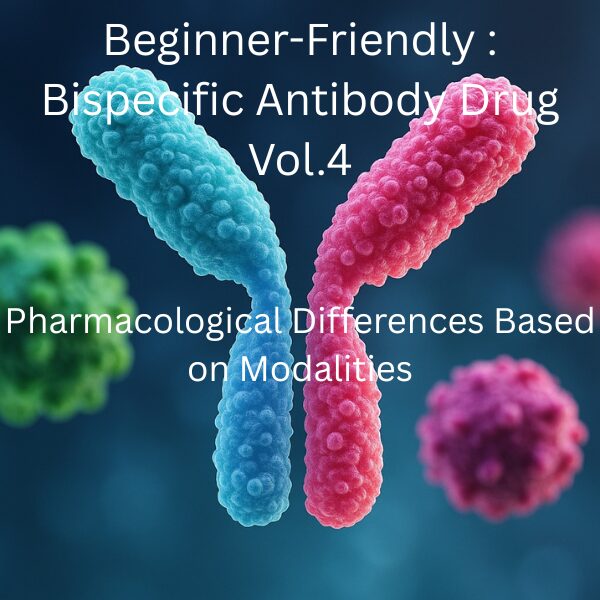
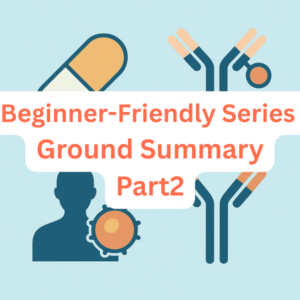
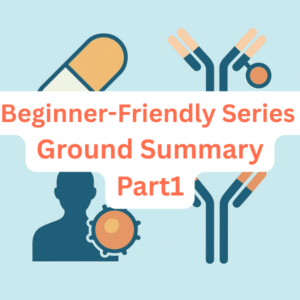
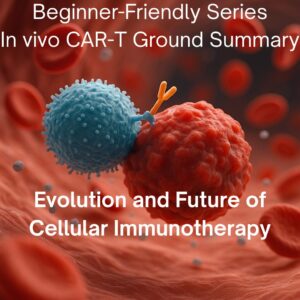
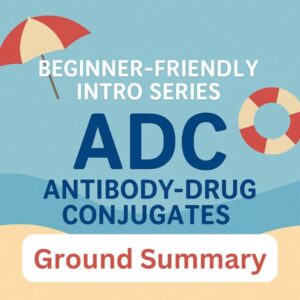

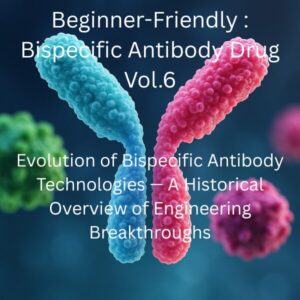
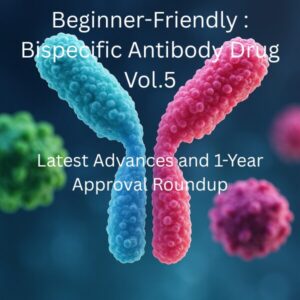
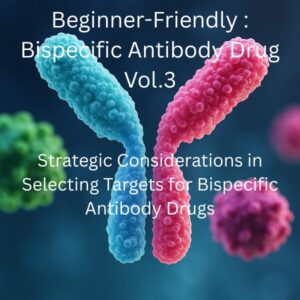
Comments